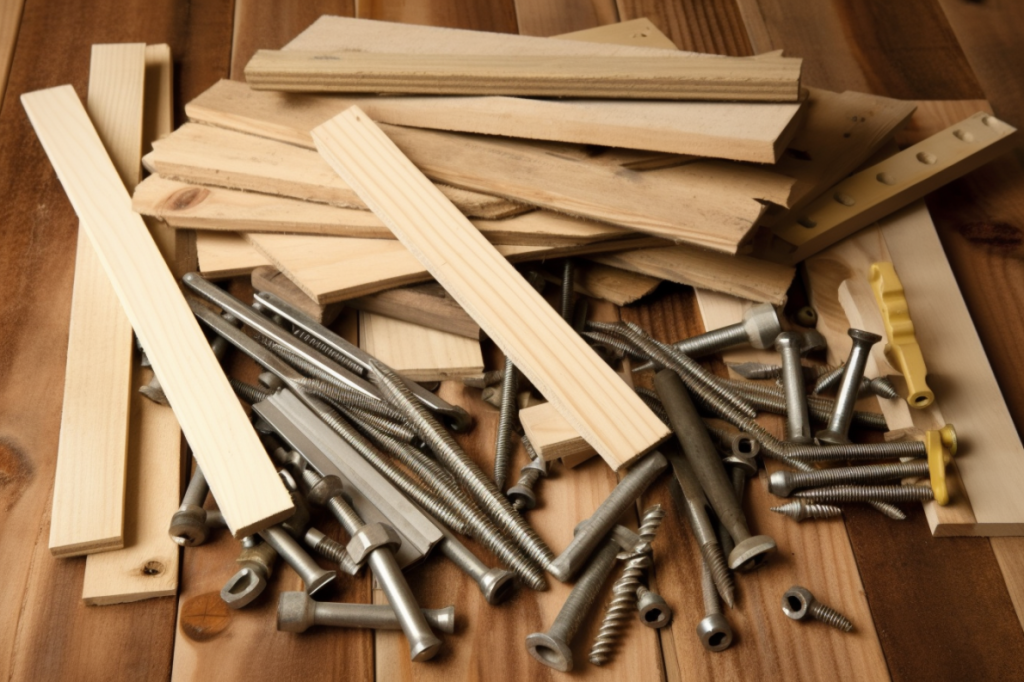
Building a low-cost home doesn’t have to be difficult or expensive. In fact, with the right tools and resources, anyone can create their own dream home without breaking the bank.
As a freelance writer/editor specializing in low-cost construction projects, I’m here to share my tried-and-true tips for creating your very own affordable abode—one that provides you with both financial security and a sense of belonging.
Whether it’s through smart budgeting or repurposing salvaged materials, there are countless ways to save money while still making your house feel like home.
With just a bit of research and elbow grease, you’ll find yourself happily settled into an inexpensive yet cozy residence that is uniquely yours!
Setting A Realistic Budget
Building a low-cost home can seem like an intimidating prospect, but with the right budget and planning, it’s actually more achievable than you might think.
It’s true that there are many factors to consider when creating a realistic budget; however, identifying these factors before starting construction is key to keeping your project on track and within your desired price range.
Your building materials will play a large role in determining how much money you’ll need for your project. Choosing durable yet cost-effective options such as concrete blocks, cinder block walls or recycled wood products can help keep costs down.
Additionally, taking advantage of any available local resources – such as free lumber from nearby sawmills or inexpensive supplies from salvage yards – may also be beneficial.
Assembling a plan of action that balances quality with affordability is essential for staying within your budget while still ensuring that the end product meets all applicable safety standards and regulations.
Utilizing Salvaged Materials
The beauty of a low-cost home build is that you can often utilize salvaged materials to save money and reduce your environmental impact. From old appliances to hardwood floors, there are plenty of ways for savvy DIYers to make their dream house on the cheap.
Here’s a few ideas to get you started:
- Flooring: If you want something truly unique in your home, why not consider salvaging wood or tile from local sources? With some sanding and staining, they’ll look good as new! Plus, it’s an excellent way to help keep construction costs down while giving your space personality.
- Salvage Yards: You might be surprised at what kind of gems you can find in salvage yards. Don’t forget about checking out architectural salvage sites too—they sometimes offer reclaimed doors and windows that could add a vintage flair to any room.
- Appliances: Refurbished washers and dryers, refrigerators, ovens, and more are great options for saving money without compromising quality. Many of these products have been tested by professionals before being put up for sale, so you know they’re safe and reliable.
- Online Auctions: Search online auction sites like eBay for deals on used kitchen appliances with little wear and tear. They may require some minor repairs or cleaning but should still work just fine.
For those looking to cut corners on their budget without sacrificing aesthetic appeal—salvaged materials provide a great solution! Whether it’s flooring or appliances, this route will ensure that both your wallet and the environment benefit from the process.
Researching Building Codes And Guidelines
Building a low-cost home can be an exciting and rewarding challenge. But in order to guarantee the safety of you and your family, there are certain building codes that must be followed—it’s a matter of making sure your structure is sturdy enough to withstand whatever life throws at it.
When considering salvaged materials for use in construction, research into local regulations becomes even more important. Just as Mother Nature has her own set of laws—of gravity and physics—so too do cities have their own regulations when it comes to structures they allow within city limits.
It’s essential to read up on all applicable ordinances before beginning work on any project; after all, a single mistake could cost significantly more than time or money down the line if there is ever an issue with property damage or personal injury due to structural failure.
The key then is not only finding affordable materials but ensuring those items meet the standards required by law. Thankfully, many municipalities make this information available online so builders don’t need to worry about making costly trips just to get answers; instead, with some digital sleuthing, one can easily find out what kind of material needs to go where in order to remain compliant while still staying within budget.
Finding The Right Contractor
Finding the right contractor to build your low-cost home is essential. You’ll want someone who not only understands how to work within a budget and timeline, but also has experience in taking on projects like yours.
To make sure you hire the best person for the job:
- Research contractors online or through recommendations from family and friends; check their references and portfolio of past work.
- Ask questions during interviews about their knowledge of building materials, local codes and regulations, as well as any safety measures they take when working with potentially hazardous materials.
- Make sure that whatever agreement you come to will be clearly outlined in writing so there are no misunderstandings down the line.
It may take time to find the perfect contractor, but it’s worth it in the end. Investing a little extra effort into finding someone experienced with working on projects similar to yours can save you money by avoiding costly mistakes later on.
As long as you’re thorough in your search process, you’ll have peace of mind knowing that you’ve chosen an expert who can deliver quality results at an affordable price.
Making Your Home Uniquely Yours
The idea of making a home uniquely yours can be daunting, especially when coming up with a low-cost solution. But it doesn’t have to be expensive; there are plenty of simple and inexpensive ways to make your home feel like it’s truly yours.
Whether you’re looking for fresh paint colors or unique decorations, there are countless options available that don’t require breaking the bank.
When it comes to decorating a space on a budget, start by taking inventory of what you already own. Do some research online or in magazines to find out how the items could be used differently than they were originally intended – furniture pieces can become storage solutions, wall art can double as lighting fixtures and so forth.
With just a few creative ideas, you can transform an ordinary room into something special without spending too much money.
Conclusion
Building your own home can be extremely rewarding and cost-effective. I’ve seen firsthand the amazing results that come from taking the time to research, plan, and execute a low-cost home build.
By utilizing salvaged materials and finding the right contractor for the job, you’ll save yourself thousands of dollars in the long run.
What’s more, over 20% of all new homes built today are designed with energy efficiency as their number one priority – making them not only more affordable but also healthier to inhabit than traditional builds!
With some planning and help along the way, anyone can create their dream home without breaking the bank.



GIPHY App Key not set. Please check settings